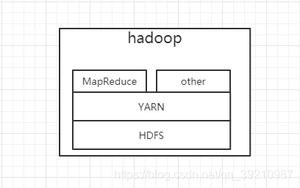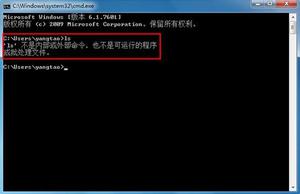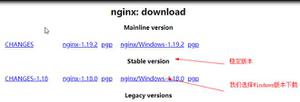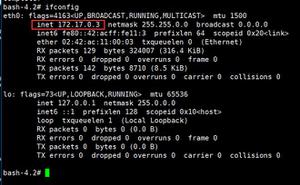Python None比较:我应该使用“ is”还是==?
我正在使用Python2.x。
比较时我的编辑会警告我my_var == None,但使用时不会警告my_var is None。
我在Python Shell中进行了测试,并确定两者都是有效的语法,但我的编辑器似乎在说这my_var is None是首选。
是这样吗?如果是,为什么?
回答:
摘要:
使用is时要核对对象的身份(如检查,看看是否var是None)。使用==时要检查的平等(例如是var等于3?)。
说明:
你可以在其中my_var == None返回的自定义类True
例如:
class Negator(object): def __eq__(self,other):
return not other
thing = Negator()
print thing == None #True
print thing is None #False
is检查对象身份。只有1个对象None,因此在执行操作时my_var is None,你要检查它们是否实际上是同一对象(而不仅仅是等效对象)
换句话说,==是检查等效性(定义在对象之间),而is检查对象身份:
lst = [1,2,3]lst == lst[:] # This is True since the lists are "equivalent"
lst is lst[:] # This is False since they're actually different objects
以上是 Python None比较:我应该使用“ is”还是==? 的全部内容, 来源链接: utcz.com/qa/433668.html






